Tate Britain's folk art exhibition made my day
Cool as Folk
I happened to be wondering around London yesterday and was delighted to chance upon British Folk Art, one of the current exhibitions at Tate Britain. What luck!
The works on display are truly jewels of human civilization—the physical embodiments of how the Brits used to live, approach commerce, engage their traditions, pass on their beliefs, and, well, spend their spare time. Totally fascinating!
Take for instance this Bone Cockerel: meticulously hand-carved in bone by a prisoner-of-war in a camp called Norman Cross, near Peterborough, sometime between 1797 and 1814. I find the piece so odd, yet distinctive and utterly refined. It really ignites the imagination.
The textiles and paintings included in the show were hands down the most beautiful and unexpected. I had no idea there was such a strong tradition of weaving, patchworking, and embroidery in Britain. Amazing quilts and intricate tapestries with the most exciting designs and motifs in silk, wool, cotton, linen—you name it!
But, really, every object filled me with delight. Like this quirky paper-and-fabric collage entitled Goosewoman by George Smart—one of the few named makers of stature in the exhibition. This little piece was so poetic, simply crafted, and beautiful.
Check out this late-19th-century Sweetheart Pincushion: this richly adorned functional object comes out of a tradition in which active-duty sailors and soldiers sent home handmade tokens of love. I love the pompom fringing and the intricate beadwork. Even better is the message across the surface: "1896...Remember Me."
But even beyond the sentimental, the works in this show are masterful expressions of craftsmanship and material expertise. Just think... this large, patchwork Coverlet of pulled wool is made up of 4,525 separate pieces! How much time was required to make this?
*All images courtesy of Tate Britain.
-
Text by
-
Ambra Medda
Ambra is a passionate, seasoned curator, who facilitates great design through innovative collaborations between designers, artists, brands, and institutions. Among many other things.
-
Designbegeisterte hier entlang
Square Drop Cloth Tapestry Kissen von Martyn Thompson Studio
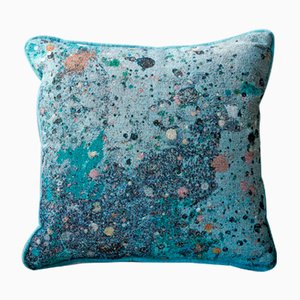
Tschechische Tapisserie, 1986
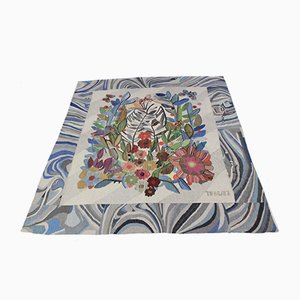
Splatter Lumbar Tapestry Kissen von Martyn Thompson Studio

Slant Tapestry Kissen von Martyn Thompson Studio

Square Splat Tapestry Kissen von Martyn Thompson Studio
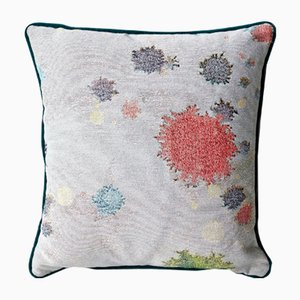
Canvas Lumbar Tapestry Kissen von Martyn Thompson Studio
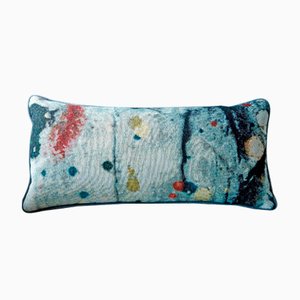
Lumbar Tappisserie Kissen von Martyn Thompson Studio, 2er Set

Kieselstein Kissen von Martyn Thompson Studio
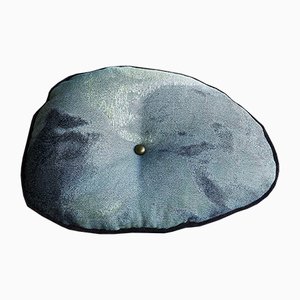
Kissen von Martyn Thompson Studio
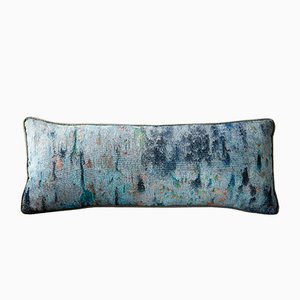
Melting Rose Kissen von Martyn Thompson Studio
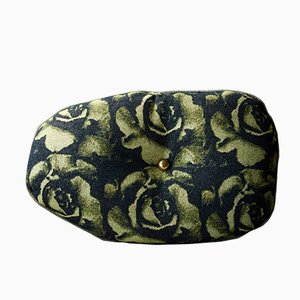
Beinahe Kreisrundes Kissen von Martyn Thompson Studio
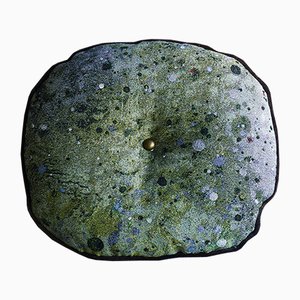
Skandinavischer Wandteppich von Leena Kaisa Halme für Helmi Vuorelma Oy, 1950er
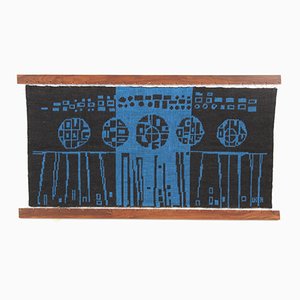
Längliches Kissen von Martyn Thompson Studio
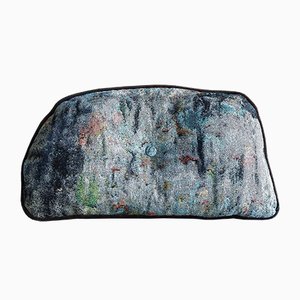
Wolken Kissen von Martyn Thompson Studio
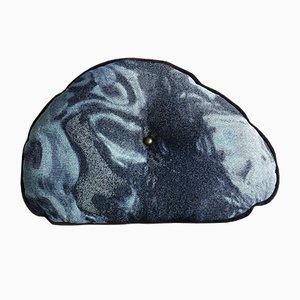
Vintage 01/4930 Modell Tapisserie von Reichel Skansen
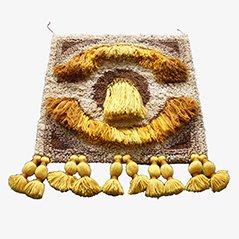
Wandteppich von Simon Chaye, 1950

Nocturnal Melody Tapestry von Roger Quillery

Tapisserie von Jean Picard Le Doux

Kleine Circadian Tapisserie von Rive Roshan

Antiker Aubusson Wandteppich
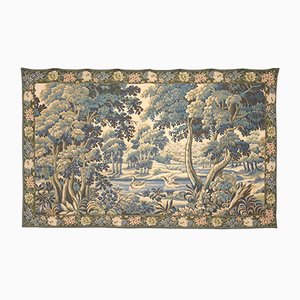
Große Circadian Tapisserie von Rive Roshan

Wandteppich aus Wollstoff & Wasserfarben von Rita Mortensen
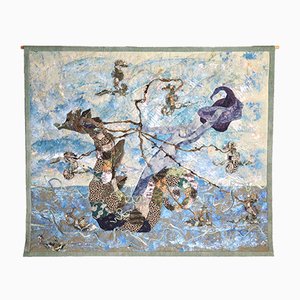
Dänischer Kunst-Wandteppich von Gudrun Pagter, 1970er
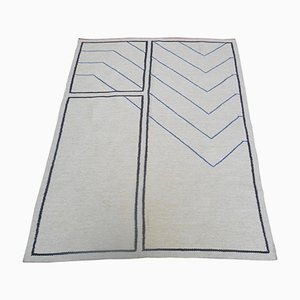
Großer Belgischer Vintage Wandteppich im Gobelin Stil


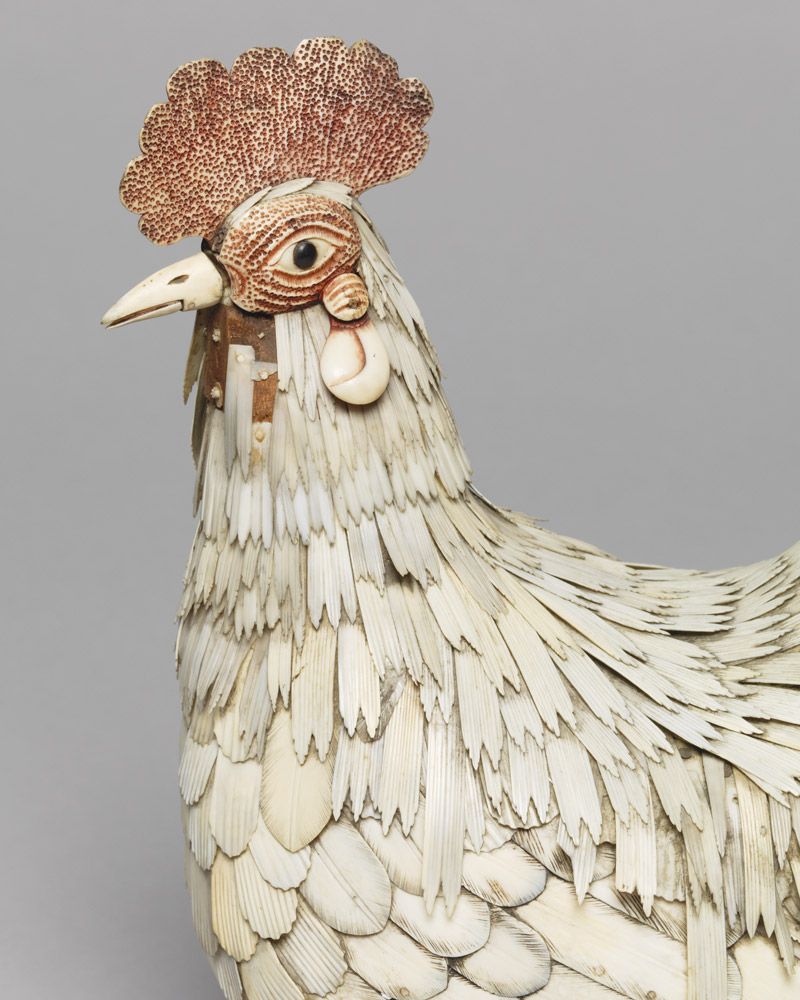 Unknown, Bone Cockerel © Vivacity Culture and Leisure – Peterborough Museum
Unknown, Bone Cockerel © Vivacity Culture and Leisure – Peterborough Museum
 George Smart, Goose Woman c.1840 © Image courtesy Tunbridge Wells Museum and Art Gallery
George Smart, Goose Woman c.1840 © Image courtesy Tunbridge Wells Museum and Art Gallery
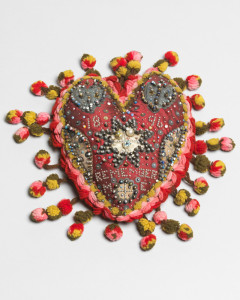 Unknown, Pin Cushion; Photo © Tate Photography, Courtesy of Beamish Museum
Unknown, Pin Cushion; Photo © Tate Photography, Courtesy of Beamish Museum
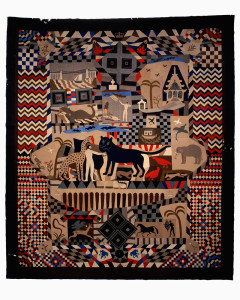 Patchwork Bedcover made by James Williams, Wrexham 1842-52 © St Fagans: National History Museum
Patchwork Bedcover made by James Williams, Wrexham 1842-52 © St Fagans: National History Museum
